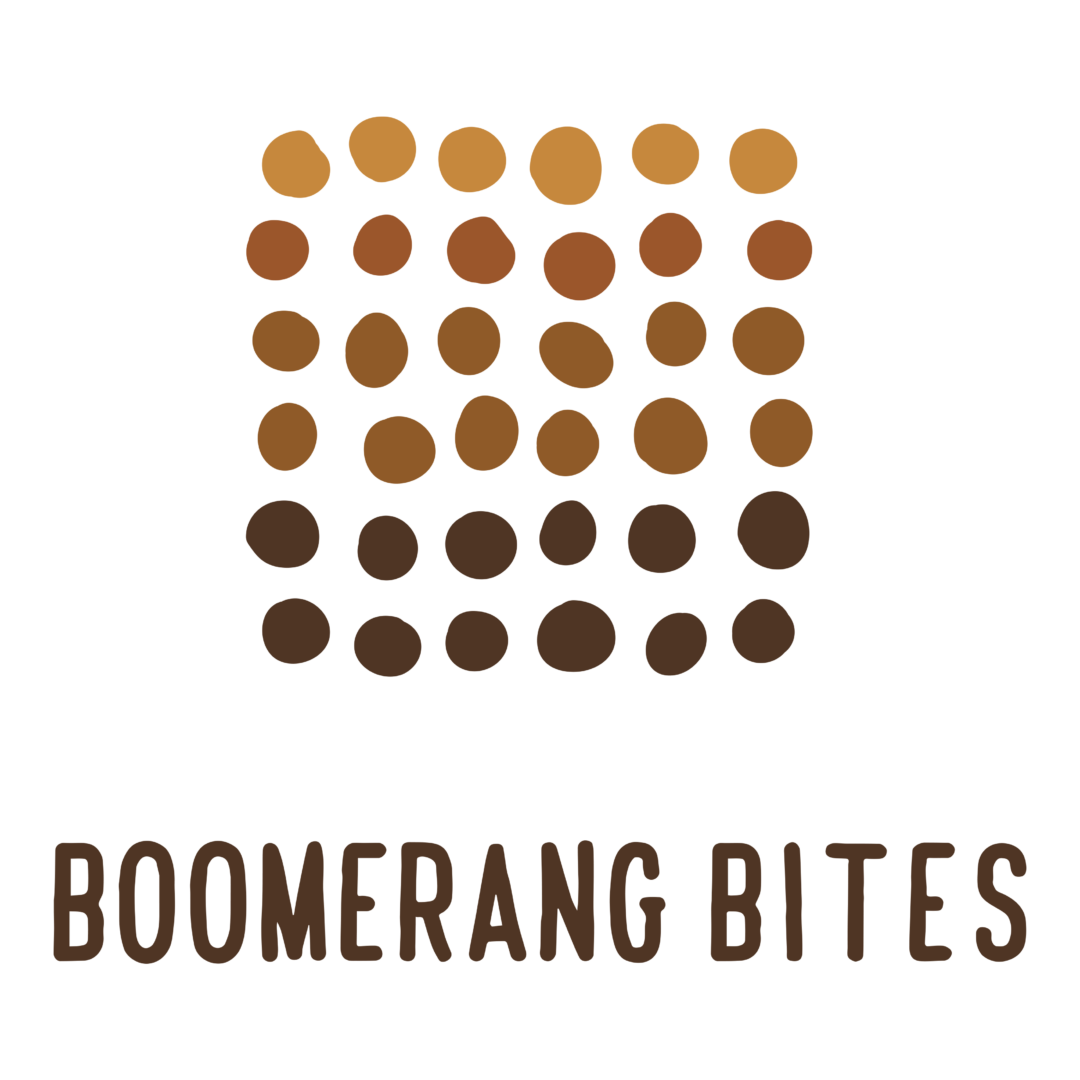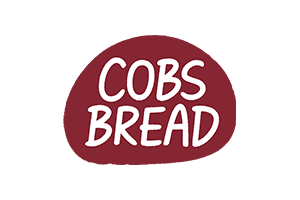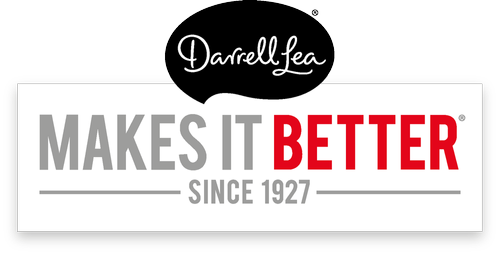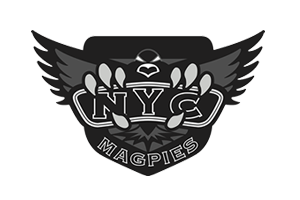When Australians start exploring their options for working in the United States, one of the first visa names they’ll come across is the H-1B. It’s widely known, highly sought after, and notoriously hard to get. But here’s something you might not know right away: If you’re an Australian citizen, you’ve got a visa option that’s tailor-made just for you—the E-3 visa—and it comes with some serious advantages.
There are some important similarities and even more significant differences between an E-3 and H-1B, and it will play a huge role in your finding work and getting a contract—in addition to making the whole process smoother and easier.
What is the E-3 visa?
The E-3 visa is a specialty occupation visa available only to Australian citizens. It was introduced in 2005 as part of the Australia–United States Free Trade Agreement (AUSFTA) and offers Australians a streamlined path to working in the U.S. in roles that require at least a bachelor’s degree or equivalent.
In short: It's a special visa only for Australians looking for professional (Bachelor-degree requiring) jobs in the US, and has only a few hurdles to jump.
How is it different from the H-1B?
The H-1B is the primary U.S. work visa for foreign nationals (non-Australians) in specialty occupations, but it has a strict cap of 85,000 new visas issued each fiscal year, including 20,000 for those with U.S. graduate degrees. Demand far exceeds supply, which leads to the infamous H-1B lottery.
These visas are costly for employers, take significant time, and the term “sponsorship” is normally tied to thoughts of delay and frustration.
The E-3, on the other hand:
- Is exclusive to Australians
- Has 10,500 spots per year (plus dependents, who don’t count toward the cap)
- Has never hit the cap of 10,500 (which means there's no lottery element)
- Is renewable indefinitely in two-year increments (unlike the H-1B which is 6 years and no longer)
- Allows spouses (E-3D/S) to work without work authorization (EAD)
The Key Advantages for Australians
- No lottery: You apply when you’re ready and you want to start work—there's no need to wait for an April lottery draw or compete for time with lawyers at busy times.
- Faster processing: Once your employer has a certified LCA (approx. 10 business days to return), you can get your visa directly from a U.S. consulate (or change status if you're already in the U.S. on another visa—not ESTA).
- Cheaper and simpler: The E-3 process involves fewer government fees and legal complexities.
- Dependent work rights: Spouses automatically get work authorization, instead of having to apply for work authorization (an “EAD”)
Are There Any Downsides to the E-3?
There are a few things to keep in mind when applying for this visa though:
- The E-3 is a non-immigrant visa, so you need to show non-immigrant intent (i.e., ties to Australia or intent to return).
- This visa is not an automatic pathway to migrating to the US, whereas the H-1B does have a track that leads to a green card. You cannot enter the US with the intention of moving permanently.
- You do have to renew every two years in order to be able to live and work in the U.S.
It's always important to understand the opportunities available to you and especially when applying for jobs you should be especially savvy about those things that work to your advantage over other applicants.
Find out more about the E-3 visa here, including the process and timing.















I think uts great
Great breakdown of the E-3 visa benefits. Quick question: does the non-immigrant intent requirement ever complicate renewals or extensions? Would love to hear if people have experienced issues with this.